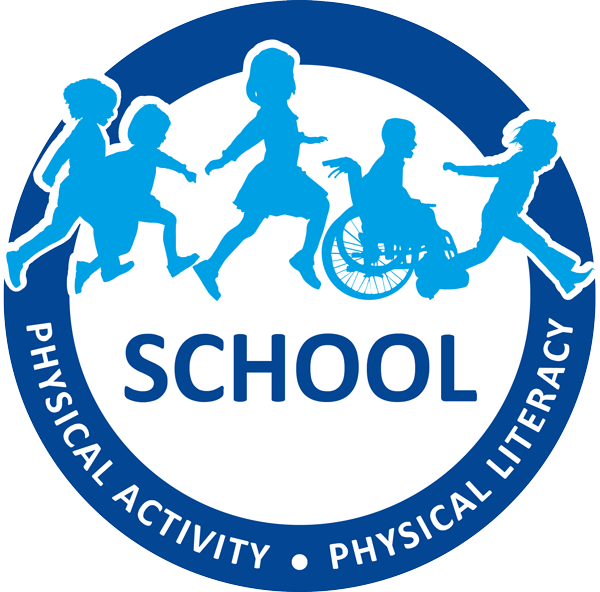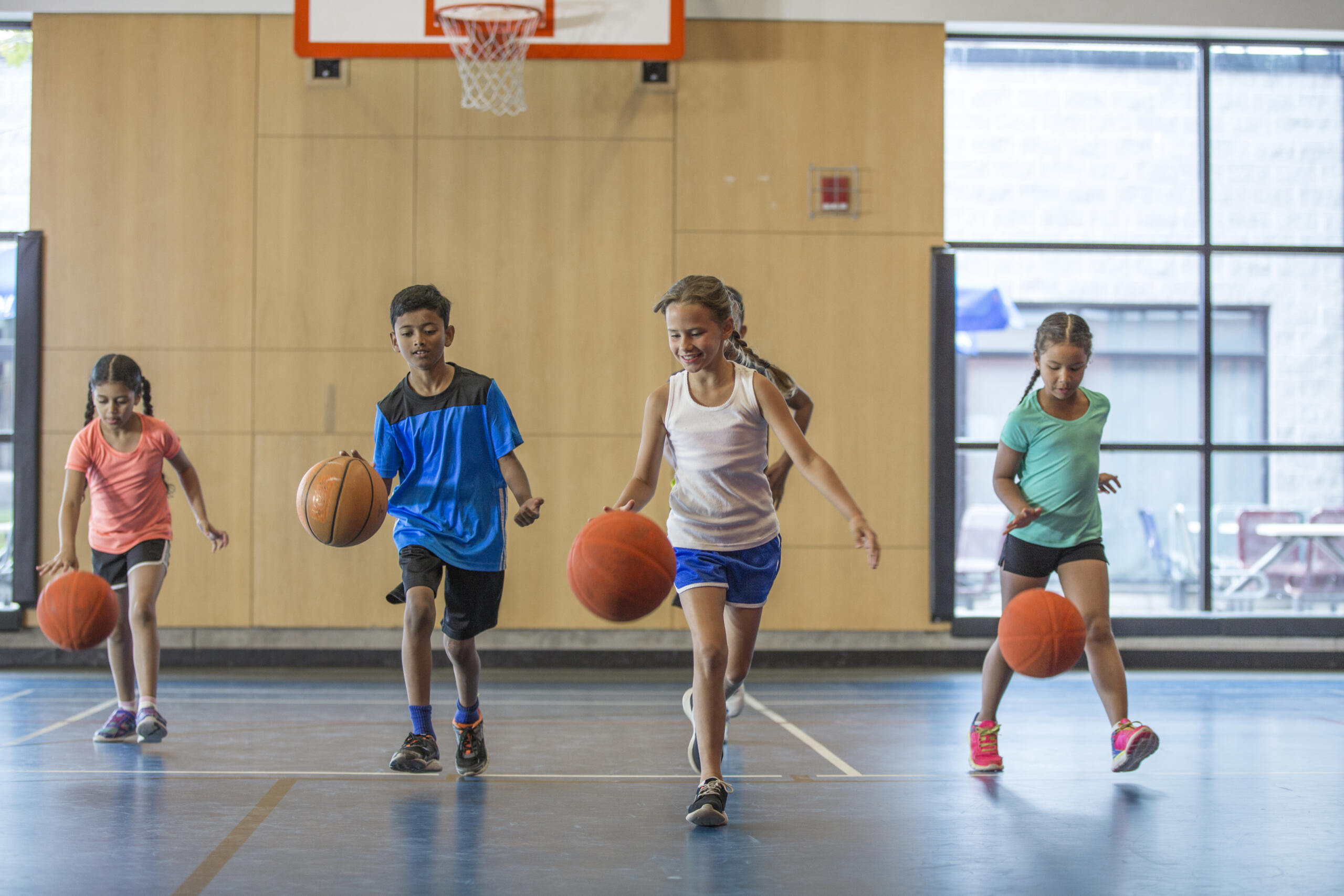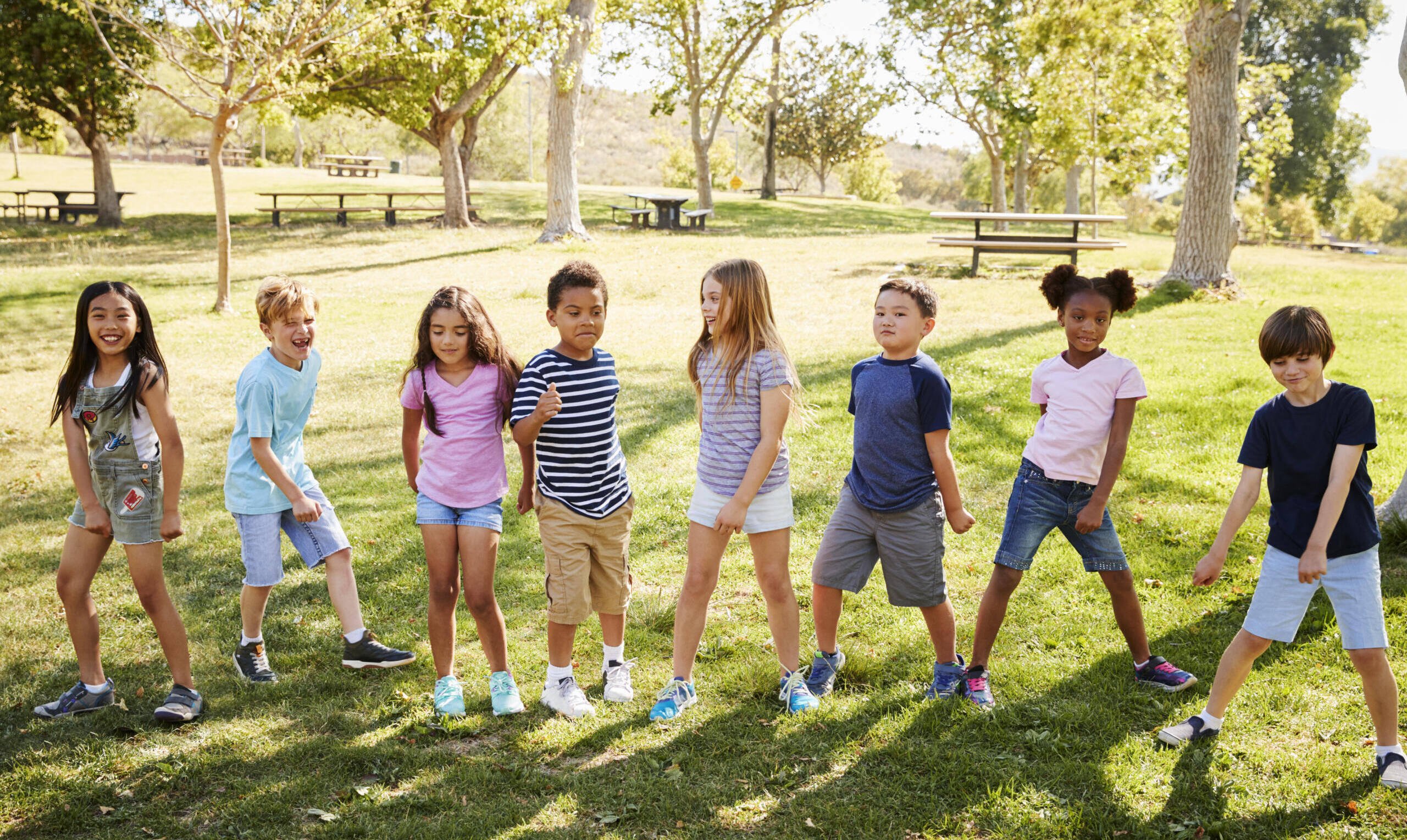Winter is here in B.C., and finding ways to keep students active and engaged, without always braving the winter weather, can be challenging particularly with COVID considerations.
Looking for some indoor-friendly, COVID-safe activities? PLAYBuilder is a great tool to help build lessons that are fun and support the development of physical literacy.
PLAYBuilder is a free digital platform that contains over 700 games and 100 lesson plans for educators teaching K-7! There are even activities with limited equipment and reduced contact to stay COVID-friendly. This online tool is free for B.C. educators!
Register for an account today!
Here are some examples of COVID-safe activities accessible on PLAYBuilder:
Freeze It! (Grades K-7)
What You’ll Need
No equipment necessary!
Setup
No setup necessary!
Activity
- Participants travel freely in general space, trying different locomotor movements chosen by the leader being careful to stay apart from one another.
- Leader will call out a number that indicates how many body parts the participants are to balance on for five seconds. For example: If three is called out, they may balance on two hands and one foot. For five body parts they may balance on two hands, two feet, and their head.
- Encourage creativity and remind them of the balancing cues. If someone is very creative, highlight them to the rest of the class.
Alphabet Balance (Ages 3-6)
What You’ll Need
No equipment necessary!
Setup
No setup necessary!
Activity
- Leader yells out different letters of the alphabet.
- Participants try to make their body into the shape of that letter.
- Encourage the use of different levels. For example, participants may lay on the floor to create the shape or stand up.
- Leader may ask them to spell a short word, or try guessing their letter for added fun.
If You Like
What You’ll Need
No equipment necessary!
Setup
No setup necessary!
Activity
- Ask participants questions and give them an exercise they must do if it applies to them.
- Examples below:
- If you like strawberries do 5 squats
- If you like swimming do one lap
- If you have a pet do 5 hops on one foot
- If you have green eyes balance on one foot for five seconds
- Ask volunteers to give examples
- Try to pick things that apply to the majority so they get a good warm-up.
*For all activities, ensure that your students are maintaining proper social distance and are adhering to the current COVID-19 safety guidelines in your region and school.
These activities, as well as others accessible on PLAYBuilder, can help build on your students physical activity and physical literacy.
Ready to explore more activities like these, for your students? Register for PLAYBuilder today:



